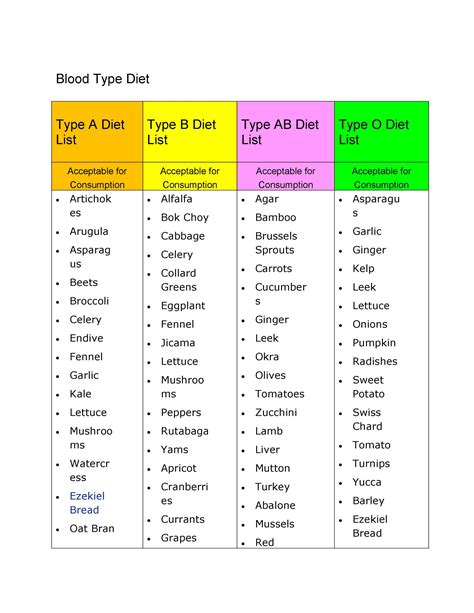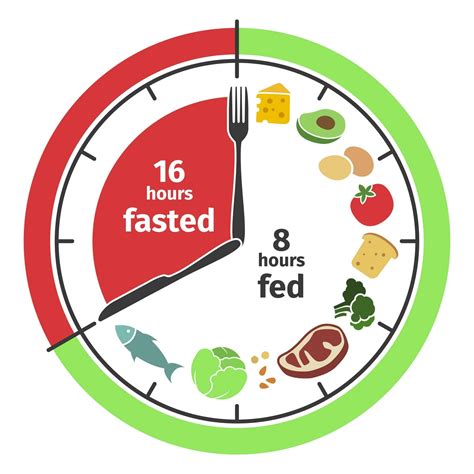Discover the benefits of the 5:2 Diet and learn how to create a meal plan, track progress, and implement intermittent fasting effectively.
Understanding the 5:2 Diet
Contents
The 5:2 diet is a form of intermittent fasting that involves eating regularly for five days of the week and reducing calorie intake for the remaining two days. This approach to eating is believed to offer a range of health benefits, including weight loss, improved metabolic health, and reduced risk of chronic diseases such as diabetes and heart disease.
When following the 5:2 diet, individuals are typically advised to consume around 500-600 calories on their reduced intake days, spaced out over the day to help manage hunger and maintain energy levels. The aim is to create a calorie deficit on these days, while eating a normal, healthy diet on the other five days of the week.
This approach is thought to promote fat loss while preserving lean muscle mass, and may also have a positive impact on insulin sensitivity, inflammation levels, and overall metabolic health. In addition to the potential physical benefits, some people find that the 5:2 diet can also have positive effects on their mental well-being, as they become more aware of their eating patterns and develop a greater sense of control over their food choices.
It’s important to note that the 5:2 diet may not be suitable for everyone, and it’s always a good idea to seek advice from a healthcare professional before making significant changes to your eating habits. Additionally, while some people may find the 5:2 diet to be a sustainable and effective approach to managing their weight and health, others may find it challenging to adhere to over the long term. As with any dietary strategy, it’s important to consider individual needs, preferences, and tolerances when deciding whether or not the 5:2 diet is the right approach for you.
Creating a 5:2 Diet Meal Plan
When creating a 5:2 diet meal plan, it’s important to focus on the two different types of days within the plan. This diet involves eating normally for five days of the week and then restricting calorie intake to 500-600 calories for the remaining two days. On the fasting days, it’s crucial to choose nutrient-dense foods that will keep you feeling satisfied while staying within the calorie limit.
It’s helpful to plan out specific meals and snacks for your fasting days to ensure that you are getting the right balance of nutrients while keeping calories in check. This might involve incorporating plenty of vegetables, lean proteins, and healthy fats into your meals to help keep hunger at bay. Additionally, be mindful of portion sizes to make the most of your allotted calories for the day.
On non-fasting days, focus on incorporating a variety of whole foods to ensure that you are getting the necessary nutrients for your body’s needs. It’s important to find a balance between nourishing your body and enjoying your favorite foods during these non-fasting days to maintain a sustainable approach to the 5:2 diet. Consider creating a meal plan for the entire week to help stay on track and avoid making impulsive food choices.
Remember to stay hydrated throughout the week, as drinking plenty of water can help with feelings of hunger and keep your energy levels up. Additionally, listen to your body’s hunger and fullness cues and adjust your meal plan as needed to ensure that you’re meeting your nutritional needs while following the 5:2 diet.
Implementing Intermittent Fasting
Intermittent fasting is a popular dieting strategy that involves cycling between periods of eating and fasting. This approach to eating has been shown to have numerous health benefits, including weight loss, improved metabolic health, and reduced risk of chronic diseases.
One way to implement intermittent fasting is to start gradually, by extending the overnight fasting period. For example, you can begin by delaying your breakfast by an hour or more each day until you are able to comfortably skip it altogether. Another approach is to practice the 16/8 method, where you fast for 16 hours and only eat during an 8-hour window each day.
It’s important to stay hydrated during fasting periods, so be sure to drink plenty of water, herbal tea, or black coffee. Additionally, it’s crucial to listen to your body and not push yourself too hard, especially when first starting out with intermittent fasting.
Some people find it helpful to plan their meals and snacks in advance to ensure they are getting proper nutrition during their eating windows. This can help prevent overeating and ensure that you are meeting your dietary needs even with a reduced eating schedule.
Overall, implementing intermittent fasting can be a beneficial approach to improving overall health and well-being. It’s important to consult with a healthcare professional before starting any new diet or fasting regimen to ensure it is safe and appropriate for your individual needs.
Tracking Progress and Adjusting
When following the 5:2 diet, it’s important to track your progress in order to make adjustments as necessary. One way to track your progress is by keeping a food diary. This allows you to monitor your caloric intake and ensure that you’re sticking to the recommended fasting days and calorie limits. By keeping detailed records of what you eat, you can identify patterns and make adjustments as needed.
Another way to track progress is by monitoring your weight and measurements. While the 5:2 diet is not solely about weight loss, many people do experience this as a benefit. By regularly weighing yourself and taking measurements, you can see how your body is responding to the diet. If you’re not seeing the results you desire, you may need to adjust your fasting and feasting days or make changes to your meal plan.
It’s also important to pay attention to how you feel while following the 5:2 diet. Do you have more energy on fasting days? Are you feeling satisfied with your meals on feasting days? By listening to your body, you can make adjustments to your meal plan and fasting schedule to ensure that you’re getting the most out of the diet.
Finally, consider scheduling regular check-ins with a healthcare professional or a registered dietitian. They can help you track your progress and make adjustments based on your individual needs and goals. It’s important to remember that the 5:2 diet may not work the same for everyone, so personalized guidance can be incredibly valuable.
Benefits of the 5:2 Diet
The 5:2 diet, also known as the Fast Diet, is a form of intermittent fasting that involves eating normally for five days of the week and restricting calorie intake on the other two days. This approach has gained popularity for its potential health benefits, including weight loss, improved metabolic health, and longevity. By restricting calorie intake for two non-consecutive days each week, many people have found that they can lose weight and improve their overall health.
One of the key benefits of the 5:2 diet is its simplicity. Rather than following a strict diet every single day, this approach allows for flexibility and regular eating patterns on non-fasting days. This makes it easier for individuals to adhere to the diet long-term, as they do not feel deprived or restricted every day.
Another significant benefit of the 5:2 diet is its potential to improve metabolic health. Some studies have suggested that intermittent fasting can lead to reductions in insulin levels, as well as improvements in insulin sensitivity. These effects can contribute to a decreased risk of type 2 diabetes and other metabolic disorders.
Furthermore, research has indicated that the 5:2 diet may have anti-aging benefits. Intermittent fasting has been shown to activate cellular repair processes and enhance the body’s ability to cope with stress. These mechanisms may help to slow down the aging process and promote longevity.
Overall, the 5:2 diet offers a variety of potential health benefits, including weight loss, improved metabolic health, and anti-aging effects. While it may not be suitable for everyone, many individuals have found success with this approach and have experienced positive changes in their overall well-being.












